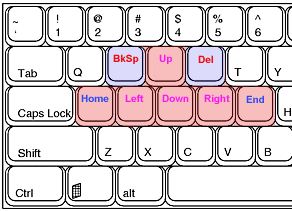I wanted to see whats the deal behind in-place-editing with ajax (IPE). More specifically, I have a list of DOM elements with similar *class* and I want to enable IPE for all of them at once. First place I looked was Prototype, even though I’ve only used jQuery, and thats because I know Ruby on Rails uses a ‘component’ which does that automagically, and that uses Prototype.
Short story long, I ended up with 10 lines, 3 errors on the way, and 20 minutes deep, which included browsing for the source, copying the files, troubleshooting and reading Prototype documentation. Which isn’t bad at all.
Then, with the remaining 20 minutes I had dedicated for this little research I’ve decided to see what kind of stuff jQuery offers.
Enter jEditable
I can go along and say how great it is, how it does justice for jquery, and how it fits the mentality.
But i’ll just say this: it took me 1 line of code, 1 minute.
Goal
Hopefully you won’t waste time researching javascript frameworks for your next project. Just pick jQuery.
EDIT: I’ve cut this post 70% down.

